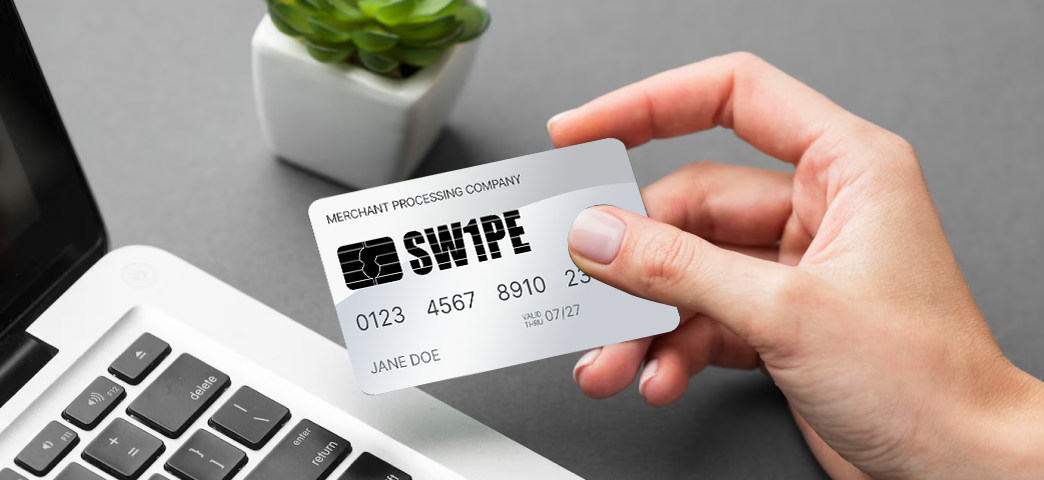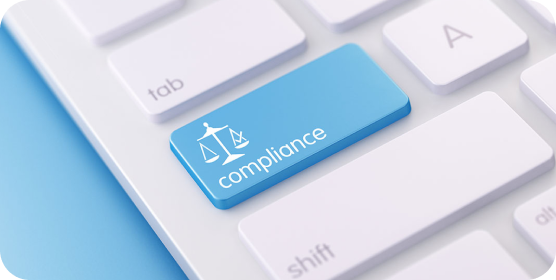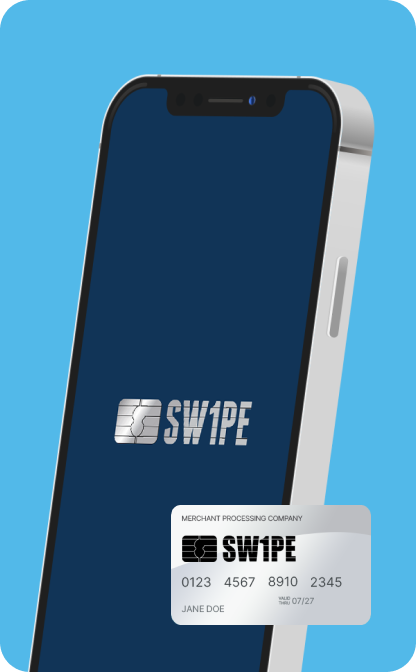Address
10000 North Central Expressway,
Suite 1040 Dallas, Texas 75231




At SW1PE Merchant Processing, we are committed to the highest standards of service and integrity. Our focus on fully transparent pricing, best-in-class partners and streamlined delivery gives our merchants a competitive advantage. We also proudly assist merchants with our charitable giving program, allowing them to directly benefit the communities they serve. Contact us for an account analysis, and additional information.

The credit card, payment processing, and merchant processing industry is complex, and that complexity can be used against unsuspecting merchants. We believe in processing done right, with integrity and transparency.


Assist with PCI (Payment Card Industry) compliance, which reduces the merchant’s liability for stolen information. Unfortunately, most other companies want to keep you non-compliant and try to keep (you) the merchant responsible for these charges.


Free Analysis of your current processing: showing you what you are actually paying and the hidden fees that may be included in your statement

Merchant processing refers primarily to the ability of a merchant to accept a transaction payment through a secure channel.












Merchant processing refers primarily to the ability of a merchant to accept a transaction payment through a secure channel.



Payment processing has changed. Technology alone can no longer meet the needs of businesses. Businesses are looking for both strategic and technological partners, with hands on service.
 Account Analysis
Account Analysis
 Risk Management
Risk Management
 Transparent Pricing
Transparent Pricing
 Next Day Funding
Next Day Funding
* If Applicable
 Easy Integration
Easy Integration

Law

Transportation

Non-Profit

Medical

General Contractors

Business Services
Giving Key allows Merchants to designate up to 10% of their residual account balance to the 501c3 organization of their choice. Charities and Non-Profit groups receive a donation directly from your Giving Key account. It’s that simple.


If you have any questions call us at 469-677-7665